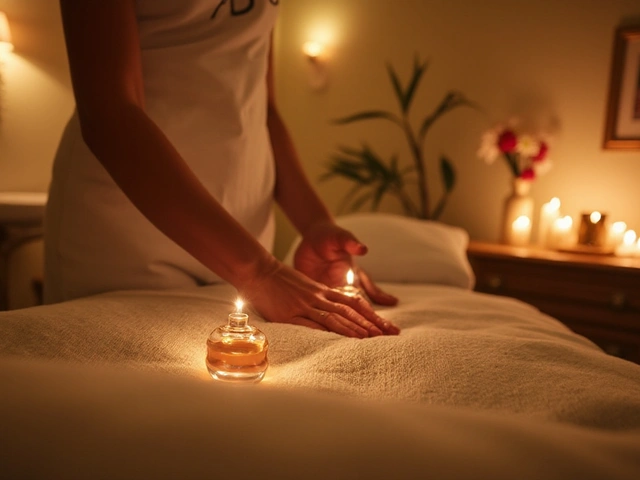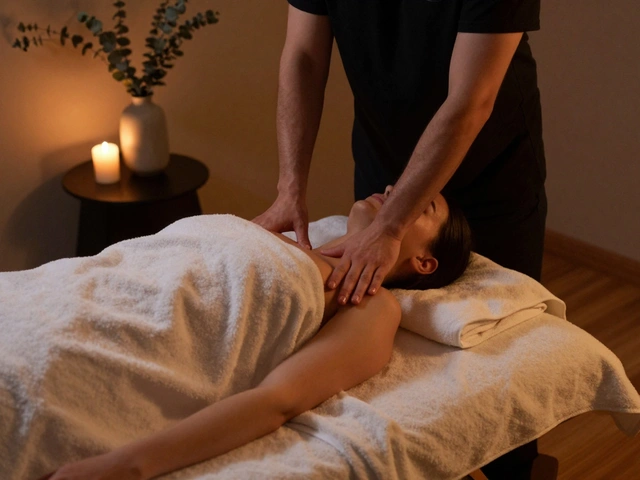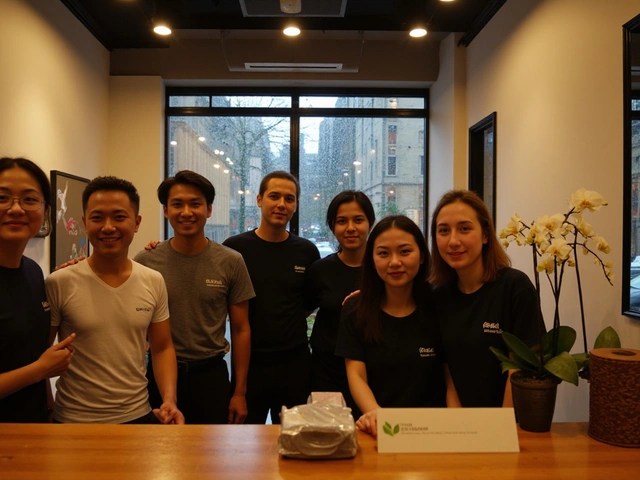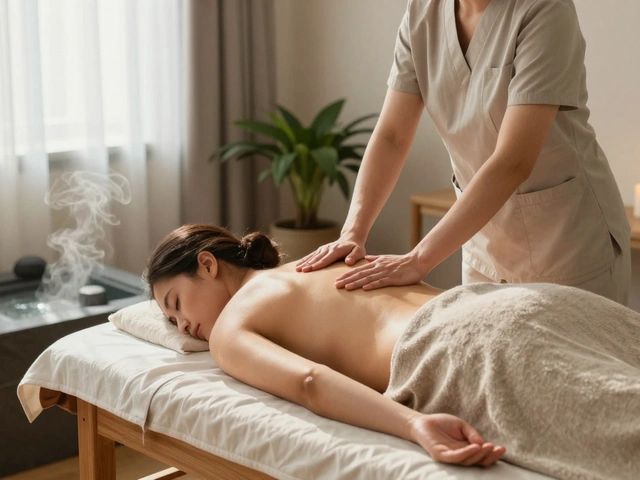Workout Recovery: Why Massage Should Be Part of Your Routine
If you push your body hard in the gym, you’ll feel the after‑effects – tight muscles, sore joints, and fatigue. A good massage can calm those symptoms and get you ready for the next session. It’s not just a luxury; it’s a practical tool for anyone who trains seriously.
Massage works by increasing blood flow to the muscles you just taxed. More blood means more oxygen and nutrients, which speeds up the repair process. At the same time, the pressure releases built‑up tension, so you feel less stiff.
Best Massage Types for Post‑Workout Relief
Not every massage is created equal. For most athletes, a sports massage is the go‑to. It combines gentle stretches with deeper pressure on the muscle groups you used most. This helps flush out waste products like lactic acid and reduces inflammation.
Deep tissue massage digs further into the muscle fibers. If you have a stubborn knot that won’t go away after a few days, deep tissue can break it down. It can be intense, but the payoff is a noticeable drop in chronic pain.
Hot stone massage adds warmth to the mix. Heated stones relax the fascia – the tissue that wraps muscles – making it easier for the therapist to work on tight spots. It’s especially good for people who struggle with stiff necks or lower back pain after leg‑heavy workouts.
What to Expect at Your First Session
When you walk into a London massage clinic, the therapist will ask about your recent workouts, any injuries, and what you want to feel after the session. Be honest – the more they know, the better they can tailor the pressure and techniques.
Most sessions last 60 to 90 minutes. You’ll start on a table, clothed in loose shorts or a robe. The therapist uses oil or lotion to glide over the skin, which reduces friction and lets the muscles relax.
After the massage, you’ll probably feel a bit light‑headed or warm. Drink water to help flush out the toxins that were released. A short walk or gentle stretching can keep the benefits flowing.
Choosing the right therapist matters. Look for someone who specializes in sports or deep tissue work and has good reviews from other athletes. In London, many clinics list certifications on their websites, so you can verify their expertise before you book.
Pricing varies, but you’ll typically pay between £60 and £120 for a 60‑minute session. Some places offer packages that bring the cost down if you commit to a few appointments. It’s worth investing – the quicker you recover, the more you can train.
Safety first: if you have a recent injury, tell the therapist right away. They can modify the pressure or avoid the affected area altogether. Never hesitate to ask for less pressure if something feels too intense.
In summary, adding regular massage to your workout routine can cut downtime, improve flexibility, and keep you motivated. Whether you pick sports, deep tissue, or hot stone, the key is consistency. Schedule a session within 24‑48 hours after a hard training day, and you’ll notice the difference faster than you expect.
Swedish massage is more than just relaxation; it's a crucial element in enhancing your post-workout recovery. By boosting circulation, reducing muscle tension, and promoting overall well-being, Swedish massage can improve your fitness regimen. Whether you're a seasoned athlete or a weekend warrior, incorporating this type of massage into your routine can help you recover faster and perform at your best. Discover effective tips and techniques to make the most out of your massage sessions.
Read More




